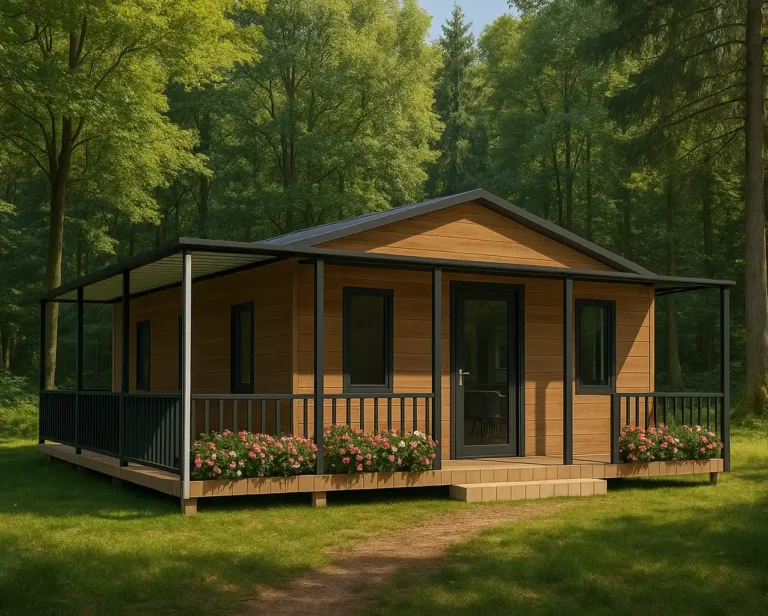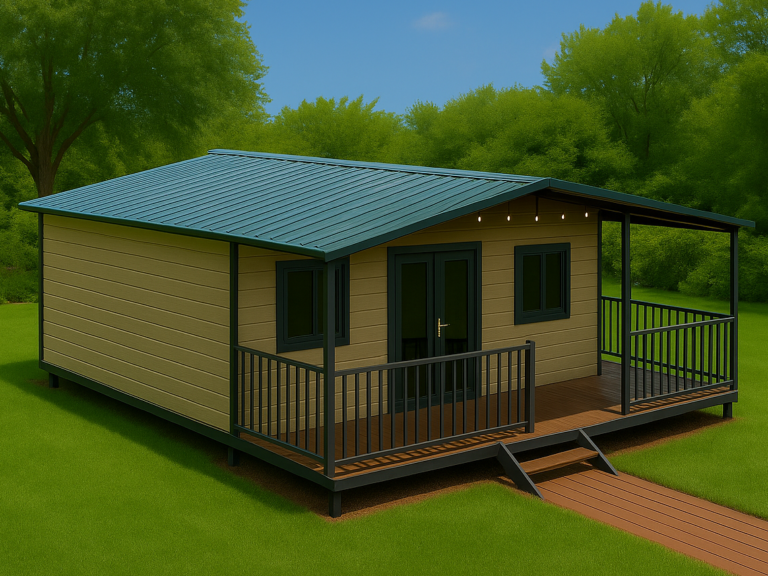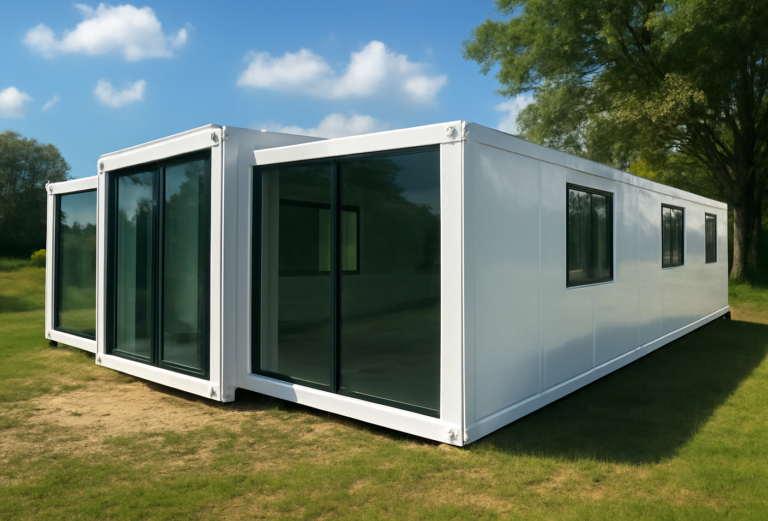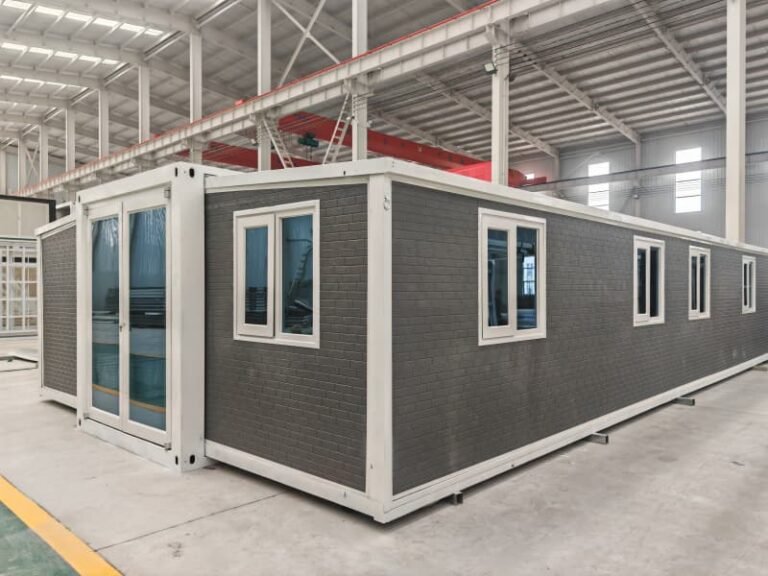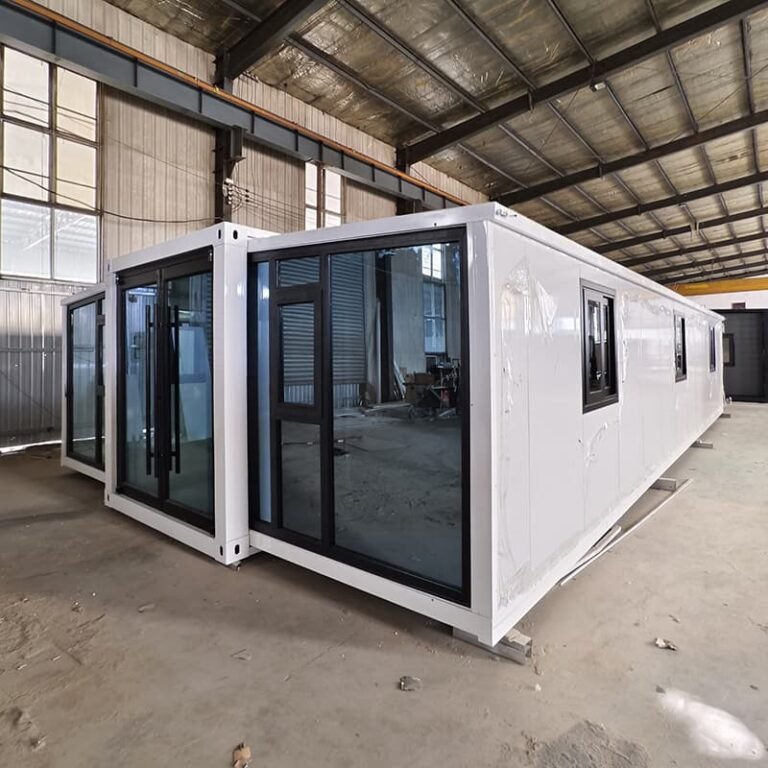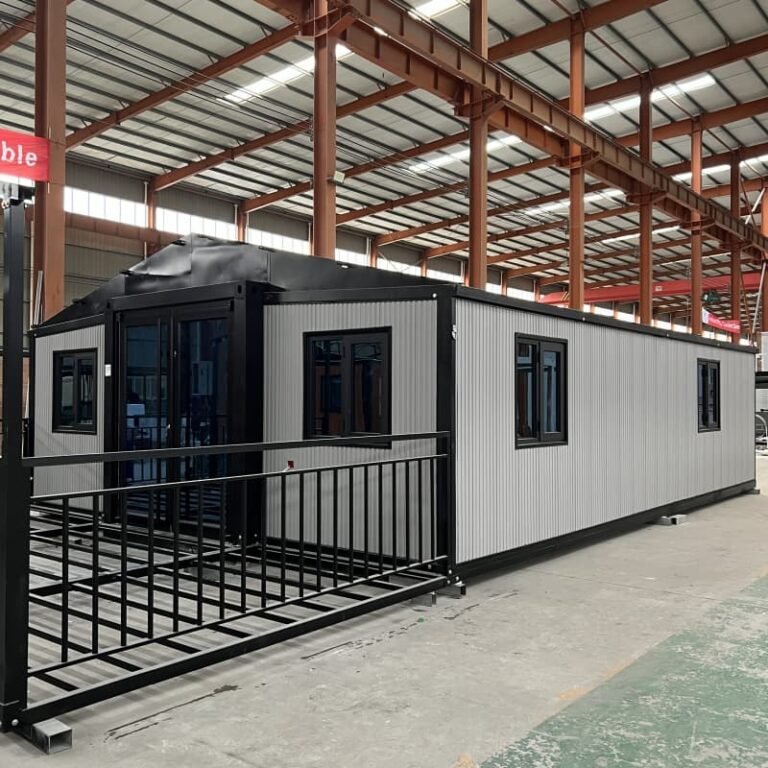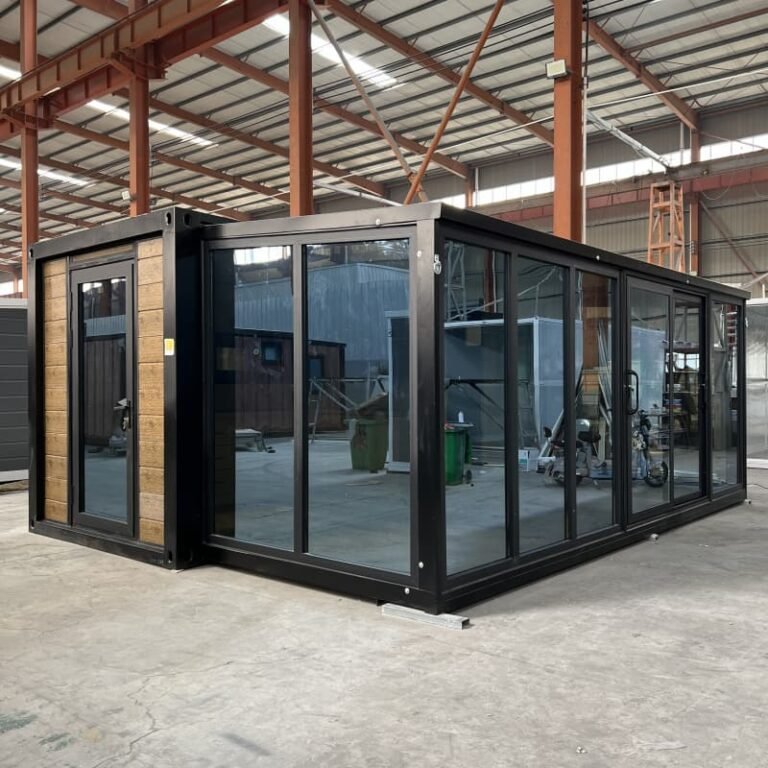Creating a Comfortable and Energy-Efficient Living Space
In the modern construction industry, expandable container houses are gaining popularity due to their flexibility and efficiency. However, for many potential buyers, insulation performance is a key factor when selecting an expandable home. Whether in cold northern regions or hot desert climates, insulation directly affects living comfort and energy consumption. This article explores the insulation design of expandable prefab homes and how customized solutions can adapt to various climate conditions.
1. Choosing the Right Insulation Material for Your Expandable Home : Core Technologies & Performance
The insulation performance of an expandable prefab house depends primarily on the wall and roof insulation materials. Below are some commonly used insulation materials and their properties:
✔ EPS (Expanded Polystyrene) Panels
- Standard configuration: 75mm EPS wall panels
- Lightweight and cost-effective with good insulation performance
- Suitable for temperate climates
✔ Rock Wool Panels
- Excellent fire resistance and soundproofing, but slightly lower insulation efficiency than EPS
- Ideal for regions with high fire safety requirements
✔ PU (Polyurethane) Panels
- Superior insulation compared to EPS, with a higher R-value
- Recommended for extreme climate conditions
- Higher cost but offers long-term energy savings
✔ PIR (Polyisocyanurate) Panels
- An upgraded version of PU panels with higher fire resistance and insulation efficiency
- Suitable for high-end projects requiring top-tier safety and energy efficiency
2. Climate-Specific Customization for Insulation for Expandable Homes
✔ Cold Climate:
For freezing environments, we recommend PU or PIR wall panels, with wall thickness increased to 100mm or more. Additionally, graphene floor heating or radiant heating systems can be installed to improve indoor temperature.
✔ Hot Climate:
In hot regions, EPS wall panels are usually sufficient for basic insulation. Adding a reflective roof or cooling coatings can further enhance heat resistance and energy efficiency.
✔ Humid & Rainy Climate:
In moist or rainy climates, in addition to insulation materials, a waterproof design is crucial. Double-sealed walls and roofs prevent moisture penetration, keeping the interior dry and comfortable.
3. Real-World Cases: Proven Insulation Performance in Expandable Homes
Our expandable container homes have been successfully implemented in various extreme climate regions.
✅ Cold Climate Performance:
- In Scandinavian countries, houses equipped with PU wall panels and floor heating systemshave maintained indoor temperatures above 20°C, even in -30°C
✅ Hot Climate Performance:
- In Middle Eastern deserts, using reflective roofs and high-performance EPS panels, indoor temperatures remain 10-15°C coolerthan outside, significantly reducing air conditioning energy consumption.
4. Conclusion: The Perfect Balance of Energy Efficiency & Comfort in Expandable Homes
The insulation performance of an expandable house is not just about comfort, but also directly impacts energy efficiency and operational costs. By selecting the right insulation materials and implementing customized climate solutions, our expandable prefab homes offer energy-saving, eco-friendly, and highly comfortable living environments for diverse climates.
For more information on expandable prefab house insulation or to request custom solutions, feel free to contact Xiamen Sunfine Architect & Construction Co., Ltd.
We are committed to providing expert guidance and tailored solutions for your housing needs.
5.Contact Us
For more information or to discuss your housing options, contact us today!
Email: sfmodular@sfmodular.com
Tel: +86 136 9696 2201

